Creating a call stack diagram
We have just recently been thrown into a big project that requires us to get into the code (duh).
We are using different methods to get acquainted with it, breakpoints etc. However we found that one method is to make a call tree of the application, what is the easiest /fastest way to do this?
By code? Plugins? Manually?
The project is a C# Windows application.


